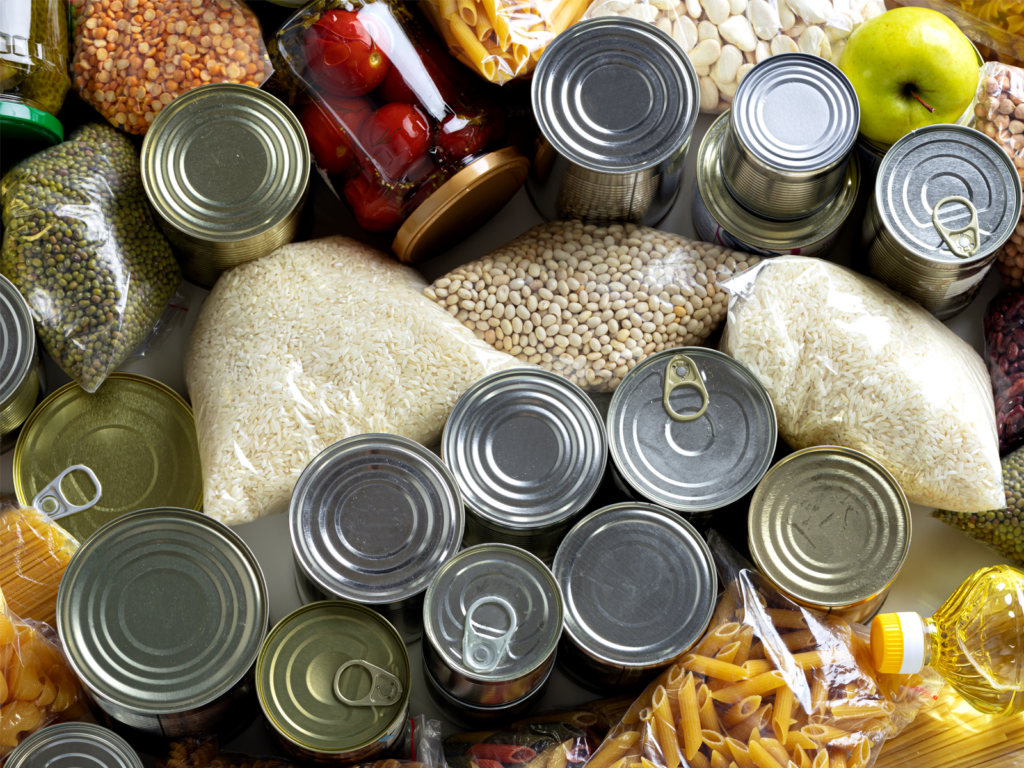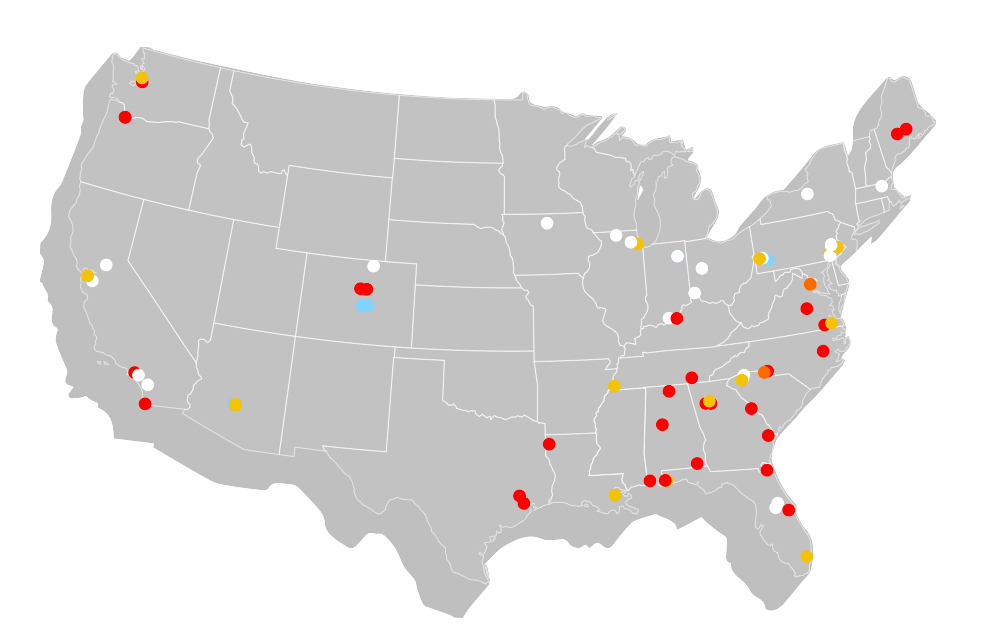Recent laws have prohibited or restricted the inclusion of PFAS in food packaging in America.
What Are PFAS and Why Are they Important?
PFAS refers to a class of manufactured chemicals, such as PFOS, PFOA, PFHxS, and PFNA, that have made their way into the manufacture of commercial, industrial, and consumer products since the 1940s. The chemicals’ resistance to water, oil, grease, and heat stains makes them useful in non-stick cookware and food packaging.
However, PFAS are long-lasting chemicals that accumulate over the years. More and more studies have identified PFAS contamination in the environment, including:
- Soil, water, and fertilizer near PFAS waste sites
- Air
- Public drinking water
- Plants and animals (such as fish) exposed to PFAS contamination
Since the 1990s, scientists have also detected PFAS in human blood and urine. Research on the adverse health effects of PFAS exposure is ongoing, but animal tests suggest a link to slowed growth and development and an impact on the immune system, reproduction, liver, and thyroid function.
Where Are PFAS Detected?
Although many manufacturers and fast-food providers are working to phase out potentially harmful PFAS in their disposable products, you may still find PFAS in food packaging, such as:
- Fast-food wrappers
- Candy wrappers
- Grease-resistant paper
- Pizza boxes
- Microwave popcorn bags
International, Federal, and State Regulations
As more information emerges about the harmful effects of PFAS, international and federal organizations have proposed regulations on their use. For instance, the European Union’s REACH restricts or bans PFOS, PFOA, their salts, and related compounds.The EPA has worked to limit the use of PFAS in manufacturing to stave off water and soil contamination. Although the EPA has not enacted enforceable regulations of PFAS in water under the SDWA and CWA, the organization has released health advisories for citizens and manufacturers. Additionally, the FDA requires a scientific review of specific authorized PFAS before their inclusion in cookware and food packaging.
At the state level, several states have passed laws set to enact between 2022 and 2025 that prohibit or limit PFAS in the manufacture and selling of materials such as rugs, carpets, cosmetics, apparel, and various food wrappers. For instance, California’s Proposition 65 lists two prominent PFAS among its materials of concern: PFOS and PFOA.
To learn more about how upcoming state laws affect production, click here.
PFAS and Chemical Analysis Testing with ATS
ATS’ chemical analysis lab houses innovative technology, such as the Shimadzu Tandem Quadrupole LC/MS/MS Liquid Chromatography-Mass Spectrometer. Our experienced team of analysts can test for trace quantities of PFAS to help you follow federal, state, and international regulations.
Some states limit the amount of PFAS in a product without prohibiting the chemicals outright. To calculate total fluorine content, we use Ion Chromatography. Our powerful technology can discern levels as low as parts per trillion (ppt). If the total fluorine content exceeds 100 ppm, ATS can use Liquid Chromatography to test for PFAS in chemical compounds.
About ATS
ATS began as a consulting engineering firm in the metro Atlanta area. Since 1967, we have expanded our capabilities to a spectrum of inspection, testing, and calibration services for clients nationwide. Today, we hold a reputation for prompt testing and in-depth fact-finding analysis. Our skilled and experienced expert scientists, engineers, and technicians provide high-quality customer service that enables clients to make informed business decisions across a variety of industries.
As a leading provider of testing and analysis in North America, we adhere to industry standards and applicable regulations. The ATS super lab holds numerous testing accreditations from industry leaders, such as A2LA and NADCAP. For a complete list of our qualifications, click here.
Contact Us
ATS actively supports safe production that anticipates changing federal and state standards.
Call +1 (888) 287-5227 to learn how our chemical analysis lab experts can detect PFAS in food packaging today. To schedule PFAS testing, call us or complete the request form on this page.



